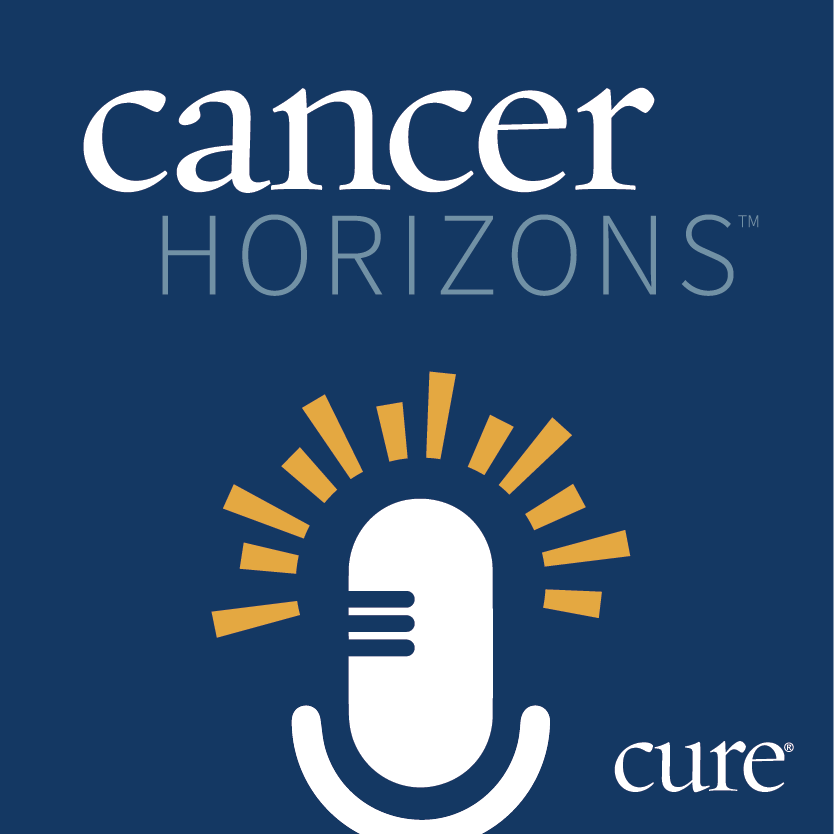Among patients with Bacillus Calmette-Guérin (BCG)-unresponsive, high-risk non–muscle-invasive bladder cancer (NMIBC) with carcinoma in situ (CIS) with or without papillary disease, treatment with TAR-200 — an intravesical chemotherapy releasing system — elicited high complete response rates, according to data from the phase 2b SunRISe-1 study.
These data were shared during the 2025 American Urological Association Annual Meeting, where investigators highlighted data from Cohort 2 of the trial which evaluated 85 patients within this population. Patients who received TAR-200 achieved an overall complete response rate of 82.4% and the 12-month complete response rate was 45.9%.
The Kaplan-Meier–estimated 12- and 24-month complete response rates were 52.4% and 44.7%, respectively. The median time to onset of complete response was 2.8 months and 95.7% of patients achieved a complete response within the first three months. The complete response rate was consistent across patient subgroups.
“The standard of care for [patients with] BCG-unresponsive, high-risk NMIBC is radical cystectomy,” Dr. Joseph Jacob, an associate professor of urology at Upstate University Hospital in Syracuse, New York, said during the presentation. “Radical cystectomy is a life changing operation with considerable morbidity and up to an 8% 90-day mortality rate. Unfortunately, many patients are unable or unwilling to undergo radical cystectomy. There are limited FDA-approved treatment options in patients with BCG-unresponsive, high-risk NMIBC.”
TAR-200 is a novel drug releasing system that employs an intravesical drug releasing application which provides sustained delivery of gemcitabine in the bladder. In December 2023, TAR-200 received breakthrough therapy designation from the FDA for the treatment of adult patients with BCG-unresponsive, high-risk NMIBC who are ineligible for or have declined radical cystectomy. Then in January 2025, a new drug application (NDA) was submitted to the FDA seeking the approval of the agent for the treatment of patients with BCG-unresponsive, high-risk NMIBC with CIS, regardless of the presence of papillary tumors.
Glossary:
Radical cystectomy: removal of the whole bladder; this can include removal of the prostate and seminal vesicles or the uterus, ovaries, fallopian tubes and part of the vagina.
Complete response rate: the disappearance of all target lesions.
Carcinoma in situ (CIS): a group of abnormal cells.
Papillary disease: thin, finger-like cancerous tumors that usually start in the bladder lining and extend into the center of the bladder.
Additional Data and Safety Findings
Additional findings from SunRISe-1 displayed that the median duration of response was 25.8 months. High-risk NMIBC recurrence was observed in 32.9% of responders and 5.7% experienced at least T2 disease progression. The 12-month cystectomy-free rate was 86.6%. The estimated 12- and 24-month duration of response probabilities were 56.2% and 51.8%, respectively. The 12-month duration of response rate was 52.9% and 47.1% of responses were ongoing at the data cutoff.
In terms of safety, most treatment-emergent side effects (TRAE) in cohort 2 were grade 1 (mild) or 2 (moderate) and resolved after a median of 3.1 weeks. Five patients experienced at least 1 serious treatment-related side effect and 3.5% of patients discontinued TAR-200 monotherapy due to treatment-related side effect. There were no treatment-related deaths.
Any-grade and grade 3 (severe) or higher treatment-related side effects occurred at rates of 83.5% and 12.9%, respectively. The most common any-grade TRAEs included pollakiuria (43.5%), dysuria (40%), and micturition urgency (24.7%). Grade 3 or higher treatment-related side effects consisted of urinary tract pain (4.7%), bladder pain (2.4%), and urinary tract infection (1.2%).
“Health-related quality of life remained high [during] TAR-200 treatment and TAR-200 monotherapy was well tolerated with rare serious TRAEs and treatment discontinuation,” Jacob said in conclusion. “TAR-200 is under review by the FDA following the submission of a NDA.”
Diving Into the Design of SunRISe-1
Cohorts 1,2 and 3 of SunRISe-1 enrolled adult patients with histologically confirmed high-risk NMIBC with CIS with or without papillary disease with an ECOG performance status of 2 or less. Patients were also required to have persistent or recurrent disease within 12 months of completion of BCG therapy and be unresponsive to BCG therapy with no plans to undergo a radical cystectomy. Cohort 4 consisted of patients with papillary-only high-risk NMIBC without CIS.
In cohort 1, patients received TAR-200 in combination with cetrelimab and those in cohorts 2 and 3 received TAR-200 or cetrelimab monotherapy, respectively. Patients in cohort 4 also received TAR-200 monotherapy. TAR-200 was administered once every three weeks for the first 24 weeks then every 12 weeks through week 96 of treatment.
In cohorts 1, 2 and 3, the primary end point was overall complete response rate. Key secondary end points consisted of duration of response, overall survival, safety, tolerability and health-related quality of life. In cohort 4, the primary end point was disease-free survival.
At baseline, the median age in cohort 2 was 71 years. Most patients were male, White, former nicotine users, had an ECOG performance status of 0, and had CIS-only disease. The median number of prior doses of BCG was 12 and the median time from last receipt of BCG to CIS diagnosis was 3.2 months.
For more news on cancer updates, research and education, don’t forget to subscribe to CURE®’s newsletters here.



